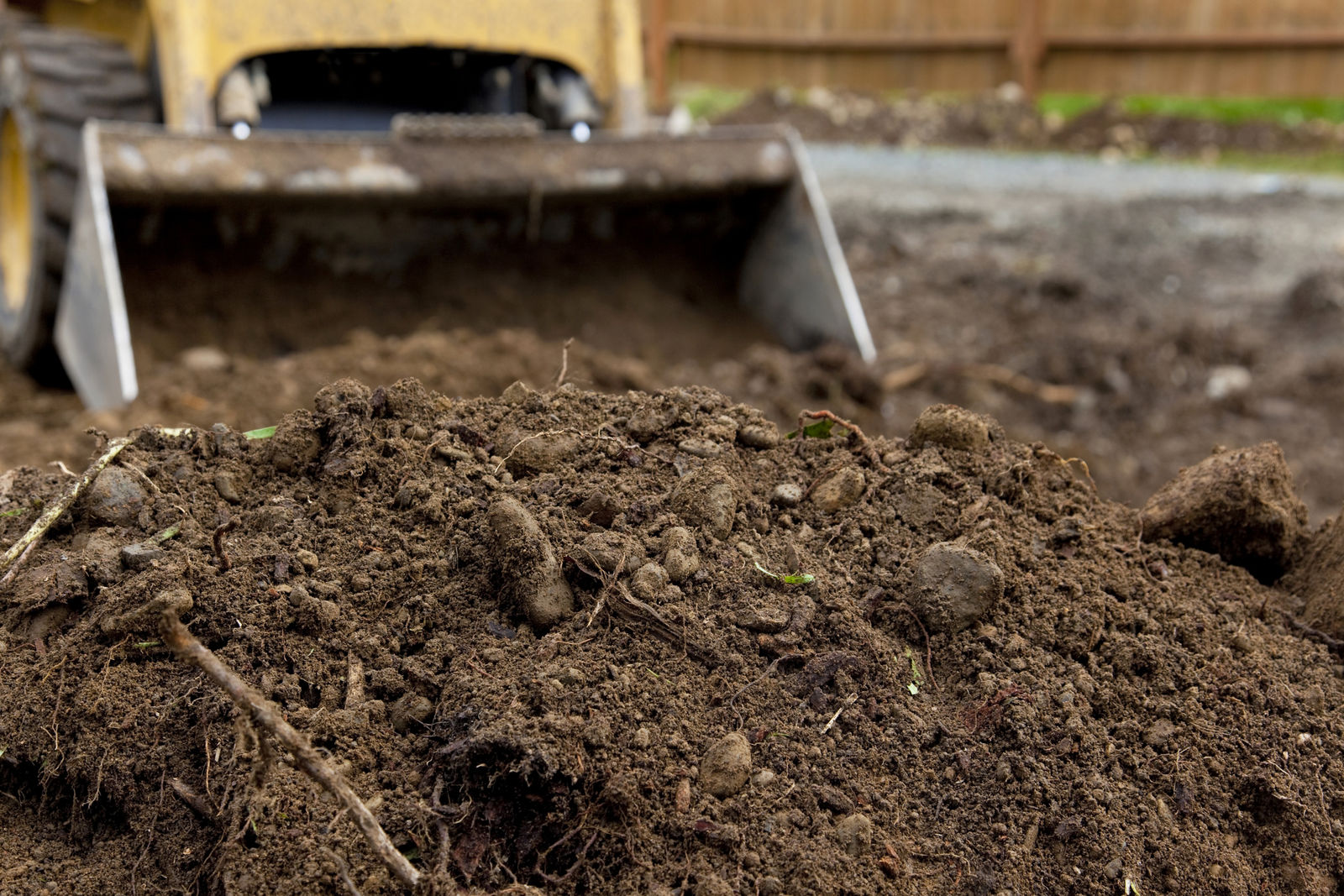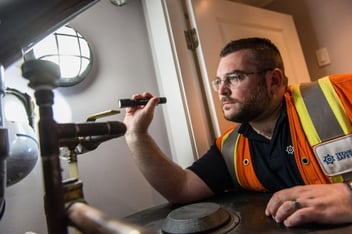Each year, there are hundreds of incidents in BC where buried utilities are damaged by excavating or digging. In the past year alone, there have been major incidents in Comox and Fernie where gas lines were struck by an excavator causing severe damage and injuries. Whether it is adding a new structure to a property or embarking on landscaping work, it is essential to locate all underground utilities in the area and control any danger to workers before you dig.
To keep yourself and your community safe when excavating near a gas line, follow these key safety tips provided in accordance with FortisBC and the Gas Safety Regulation.
What To Look Out For
The following infrastructure may be buried below ground and could be disturbed by digging or excavating:
- telecommunication cables;
- electricity wires;
- natural gas lines;
- watermains; or
- sewer lines.
When To Check for Buried Utilities
You should check for buried utilities and gas lines even before relatively small jobs, including:
- uprooting trees or shrubs;
- putting in or taking out fence posts;
- building a deck or fish pond;
- working on retaining walls;
- landscaping, digging, or excavating; and
- planting anything more than a few inches below the surface of the ground.
Steps for Safe Digging
- Request location information – According to the Gas Safety Regulation, it is a legal requirement to request the location of all underground gas installations in the vicinity 2 days prior to excavation. BC 1 Call is the link between the excavating community and the owners of underground facilities. Contact BC 1 Call at least five business days prior to digging to locate underground facilities. You can schedule a locate request online at www.bc1c.ca, by phone at 1 800 474 6886, or by dialing *6886 from a cell phone. All information provided by BC 1 Call must be received, reviewed, and available on site before you begin excavation. Note: BC 1 Call and Fortis only locate utility gas lines. Other private underground services, will not be identified on a BC1Call and further steps need to be taken to ensure they are not in the area. This can be accomplished through the use of underground line locator services.
- Plan where it is safe to dig – Within 2 - 3 business days, FortisBC will provide a map and information on where gas lines are buried on the site. If you need assistance, call FortisBC at 1-888-822-6555 for more details.
- Create a safety plan – The use of mechanical excavators near gas lines close to buildings should be avoided unless:
-
- The risk of explosion has been completely assessed, and additional steps have been taken to mitigate the risk and impact if a gas line is hit.
- The risk of explosion has been completely assessed, and additional steps have been taken to mitigate the risk and impact if a gas line is hit.
- Those who are digging pay close attention to where they are digging and any structures that may be nearby.
- Those on-site are aware of the dangers of an exposed gas line and ensure they are working safely around it.
- Extra precautions are taken before and after a gas line is exposed. It’s important to have a plan in place should there be a gas leak or explosion after the gas line has been exposed.
-
- Find the line – Using the map provided, mark off the location of gas lines on your site with yellow paint or stakes and ensure you maintain a minimum of 1 m from your markings.
- Dig by hand first – As directed by the Gas Safety Regulation, make sure to dig by hand first and expose the gas line at a few locations before digging with powered excavation equipment. Exposing the gas line at more than one location allows you to better determine their exact positions and depths before using excavating.
If You Damage a Natural Gas Line or Smell Gas
If damage to a gas installation does occur, stop what you are doing, shut off any power tools or machinery, notify all workers on site, and reach out to the relevant gas company of the damage. This is essential even if there is no gas escaping as a result of the damage.
For more information, Part 6 – Division 1 of the Gas Safety Regulation lists requirements and procedures for installation and excavation. This section includes specifics such as the responsibilities of individuals constructing near gas installations and the procedures to follow if a gas installation is exposed or damaged. In addition, the Underground Instrastructure Damage Prevention guide provides best practices and a valuable resource for contractors.
If you have any questions or require additional information, contact your local gas safety officer or call 1 866 566 7233 and we will have a gas safety officer get in touch with you.




